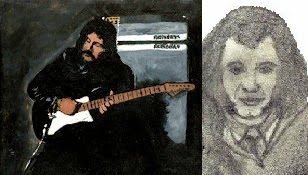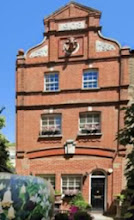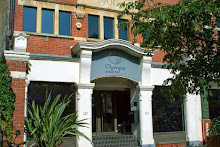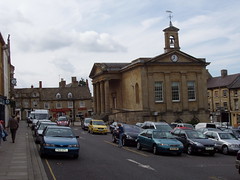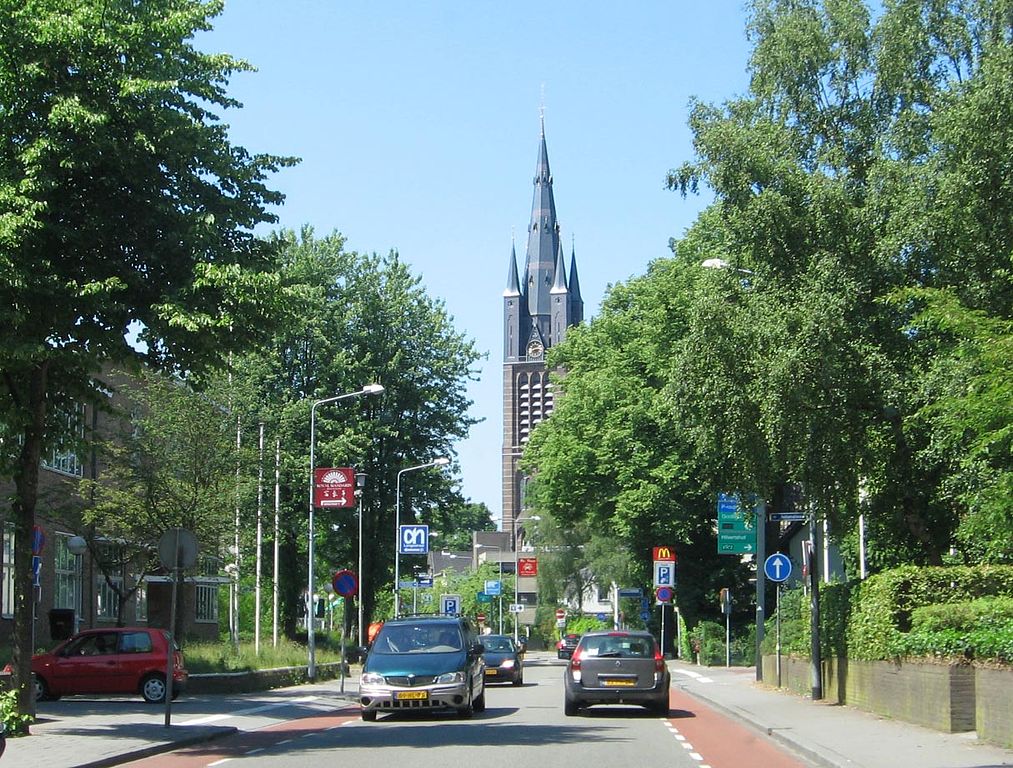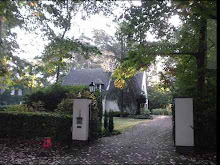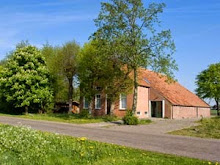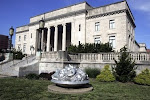Archive number: 41
Title: La Cathedrale de Strasbourg
Main Album: Hamburger Concerto
Track number: 3
Genre: Jazz Rock Instrumental/Vocal
Studio: Olympic Studios 'B', 117 Church Road, Barnes, London SW13 9HL
Length: 4' 56”
Composer: Van Leer
Musicians: Jan Akkerman – Electric Guitars (Fenders); Thijs van Leer – Church organ (St Mary, Barnes), Grand piano, Electric piano, Vocal, Voice; Bert Ruiter- Bass, Autoharp; Colin Allen – Drums
Producer: Mike Vernon
Engineer: Bob Hall with David Hamilton-Smith and Rod Thear
Label: Polydor, Atco, EMI, Red Bullet, JVC, JVC Victor
Date of recording/release: January/March 1974; April 1974. CD – 1998, 2001, 2001, 2002, 2006
Title: La Cathedrale de Strasbourg
Main Album: Hamburger Concerto
Track number: 3
Genre: Jazz Rock Instrumental/Vocal
Studio: Olympic Studios 'B', 117 Church Road, Barnes, London SW13 9HL
Length: 4' 56”
Composer: Van Leer
Musicians: Jan Akkerman – Electric Guitars (Fenders); Thijs van Leer – Church organ (St Mary, Barnes), Grand piano, Electric piano, Vocal, Voice; Bert Ruiter- Bass, Autoharp; Colin Allen – Drums
Producer: Mike Vernon
Engineer: Bob Hall with David Hamilton-Smith and Rod Thear
Label: Polydor, Atco, EMI, Red Bullet, JVC, JVC Victor
Date of recording/release: January/March 1974; April 1974. CD – 1998, 2001, 2001, 2002, 2006
Alternative version: Van Leer still performs this one live. He also recorded it with the Gerald Brown Singers on his solo album Reflections.
Notes: Van Leer had moved to Belgium by the time the Hamburger Concerto album was being prepared and here again we have a track with a French feel. This one was inspired by camping holidays in France as a boy and may have been part composed back then. The track has four parts. First, an instrumental introduction (00:00-02:09). This begins with reverbed solo grand piano (00:00-00:34), later intermingled with a very smooth jazz guitar (00:35-00:49). A distinctive percussive note is heard at 00:44 and may be in the background elsewhere (the autoharp?). The church organ comes in next (00:50-01:20) with the piano, then the smooth guitar too (01:21-01:54). This first section closes with solo piano and the 'ding dong' part (01:55-02:09).
Second comes van Leer's multi-tracked (three part harmony) vocal and whistling (02:10-02:34/02:35-03:05) over languorous drums and bass. The minimalist lyrics are 'La Cathedrale de Strasbourg, ding dong, ding dong, La nostalgie, se réveille' (Strasbourg Cathedral, ding dong, ding dong, The memory, one dreams).
Thirdly, Akkerman dabbles with the theme on a beautifully laid back jazz guitar over electric piano, bass and drums (03:06-04:12).
In the final section guitar and piano are joined by a choir of multi-tracked voices to sing the piece out (04:13-04:43). The whole thing ends with two piano chords then two plucked guitar notes (04:44-51). There is also a quieter final 'Amen' (04:53-04:55) at the very end.
A note on Strassbourg Cathedral (from Wikipedia)
Strasbourg Cathedral (Cathedral of Our Lady of Strasbourg) is a RC Cathedral in France. Though considerable parts are in Romanesque architecture, it is widely considered to be among the finest examples of high or late Gothic. Erwin von Steinbech is credited for major contributions 1277-1318. At 142 m, it was the world's tallest building 1625-1874 and remained the tallest church in the world until 1880. Today it is the fourth tallest church. This "gigantic and delicate marvel" (V Hugo) is visible far across the plains of Alsace and can be seen from very far off.
Construction (1176–1439) began with the quire and north transept in Romanesque style. In 1225 a team from Chartres revolutionised the construction by contributing a Gothic style. In order to find money to finish the nave, the Church resorted to indulgences. The money was kept by the Oeuvre Notre-Dame, which also hired architects and stone workers. Sandstone from the Vosges gives the Cathedral its pink hue.
Construction (1176–1439) began with the quire and north transept in Romanesque style. In 1225 a team from Chartres revolutionised the construction by contributing a Gothic style. In order to find money to finish the nave, the Church resorted to indulgences. The money was kept by the Oeuvre Notre-Dame, which also hired architects and stone workers. Sandstone from the Vosges gives the Cathedral its pink hue.
Like the city, the cathedral connects Munster-German and French cultural influences, while the eastern structures, eg the choir and south portal, still have very Romanesque features. Above all, the famous west front, decorated with thousands of figures, is a masterpiece of the era. The tower is one of the first to rely substantially on craftsmanship, with the final appearance being one with a high degree of linearity captured in stone. While previous façades were certainly drawn prior to construction, Strasbourg has one of the earliest whose construction is inconceivable without prior drawing. Strasbourg and Cologne together represent some of the earliest uses of architectural drawing. The work of Professor Bork of Iowa suggests that the Strasbourg facade's design, while seeming almost random in its complexity, can be constructed using a series of rotated octagons.
The north tower, completed 1439, was the world's tallest 1625-1874. The planned south tower was never built and as a result, with its characteristic asymmetrical form, the cathedral is now Alsace's premier landmark. One can see 30 kms from the observation level, which provides a view of the Rhine banks from the Vosges all the way to the Black Forest. During WWII, stained glass was removed and stored in a salt mine near Heilbron, Germany. After the war, it was returned by the US military.
In the 1520s the city, under the spiritual guidance of Martin Bucer embraced the teachings of Luther, whose adherents established a Gymnasium, made into a University the following century. The city first followed the Tetrapolitan Confession, then the Augsburg. Protestant iconoclasm caused much destruction to churches and cloisters. Strasbourg was a centre of humanist scholarship and early book-printing in the Holy Roman Empire and its intellectual and political influence contributed much to the establishment of Protestantism as an accepted denomination in southwest Germany (Calvin had spent several years as a political refugee in the city).
The north tower, completed 1439, was the world's tallest 1625-1874. The planned south tower was never built and as a result, with its characteristic asymmetrical form, the cathedral is now Alsace's premier landmark. One can see 30 kms from the observation level, which provides a view of the Rhine banks from the Vosges all the way to the Black Forest. During WWII, stained glass was removed and stored in a salt mine near Heilbron, Germany. After the war, it was returned by the US military.
In the 1520s the city, under the spiritual guidance of Martin Bucer embraced the teachings of Luther, whose adherents established a Gymnasium, made into a University the following century. The city first followed the Tetrapolitan Confession, then the Augsburg. Protestant iconoclasm caused much destruction to churches and cloisters. Strasbourg was a centre of humanist scholarship and early book-printing in the Holy Roman Empire and its intellectual and political influence contributed much to the establishment of Protestantism as an accepted denomination in southwest Germany (Calvin had spent several years as a political refugee in the city).

